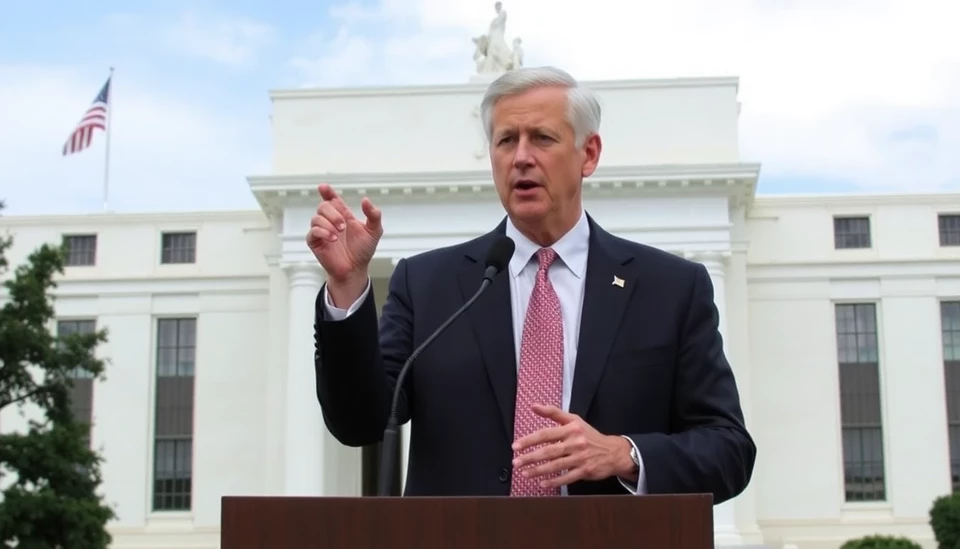
The U.S. Federal Reserve is leaning towards implementing interest rate cuts following the release of weak job data that has startled economists and market analysts alike. The latest employment figures indicate a significant slowdown in hiring during the month of October, raising alarms about the overall health of the economy.
According to the report, employers added only 126,000 jobs last month, which is substantially lower than Wall Street's expectations of around 200,000. This notable deceleration in job creation has prompted the Fed to reassess its stance on interest rates, which had been held steady in recent months as part of an effort to combat inflation.
Moreover, the report highlights that with the unemployment rate unchanged at 3.8%, there are signs that the labor market may be cooling off. Additionally, revisions to previous hiring data revealed that August's job figures were trimmed by 17,000 positions, and September’s were cut by an even more dramatic 41,000 jobs. These reevaluations are indicative of a more pervasive softness in the labor market than initially recognized.
The anticipated rate cut is expected to be addressed in upcoming Federal Open Market Committee (FOMC) meetings as policymakers work to alleviate what appears to be a looming economic slowdown. Analysts suggest that the Fed's dual mandate of promoting maximum employment and stabilizing prices is being tested, and the diminishing labor market may propel them to take more aggressive action.
Markets have already reacted to the news, showing a decrease in yields on government bonds, suggesting that investors are bracing for a shift in monetary policy. Many economists are now predicting that any future decisions regarding interest rate adjustments may largely depend on the trajectory of employment indicators and consumer spending patterns moving forward.
In summary, while the Fed has maintained its rates to fight inflation, the latest job market signals—marked by tepid hiring and downward revisions—may catalyze a shift toward a more accommodative policy in the near term. Stakeholders across the economic landscape are closely monitoring these developments, as the ripple effects could have significant implications for both short-term and long-term economic growth.
As the situation unfolds, it will be critical for the Fed to communicate effectively with the public and financial markets to ensure that any changes in policy are clearly understood and managed to prevent unnecessary anxiety among investors.
Stay tuned for more updates on this developing story as the implications of these job statistics continue to shape economic policy in the United States.
#FederalReserve #InterestRates #JobMarket #EconomicSlowdown #MonetaryPolicy #EmploymentData
Author: Laura Mitchell




